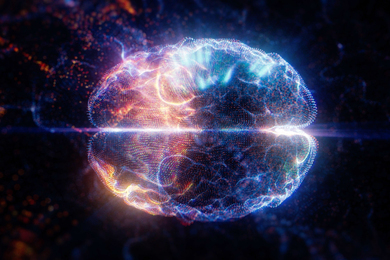New collaboration aims to strengthen orthotic and prosthetic care in Sierra Leone
MIT’s K. Lisa Yang Center for Bionics and Sierra Leone’s Ministry of Health and Sanitation aim to develop an integrative approach to strengthening and expanding the orthotic and prosthetic sector within the African nation.













